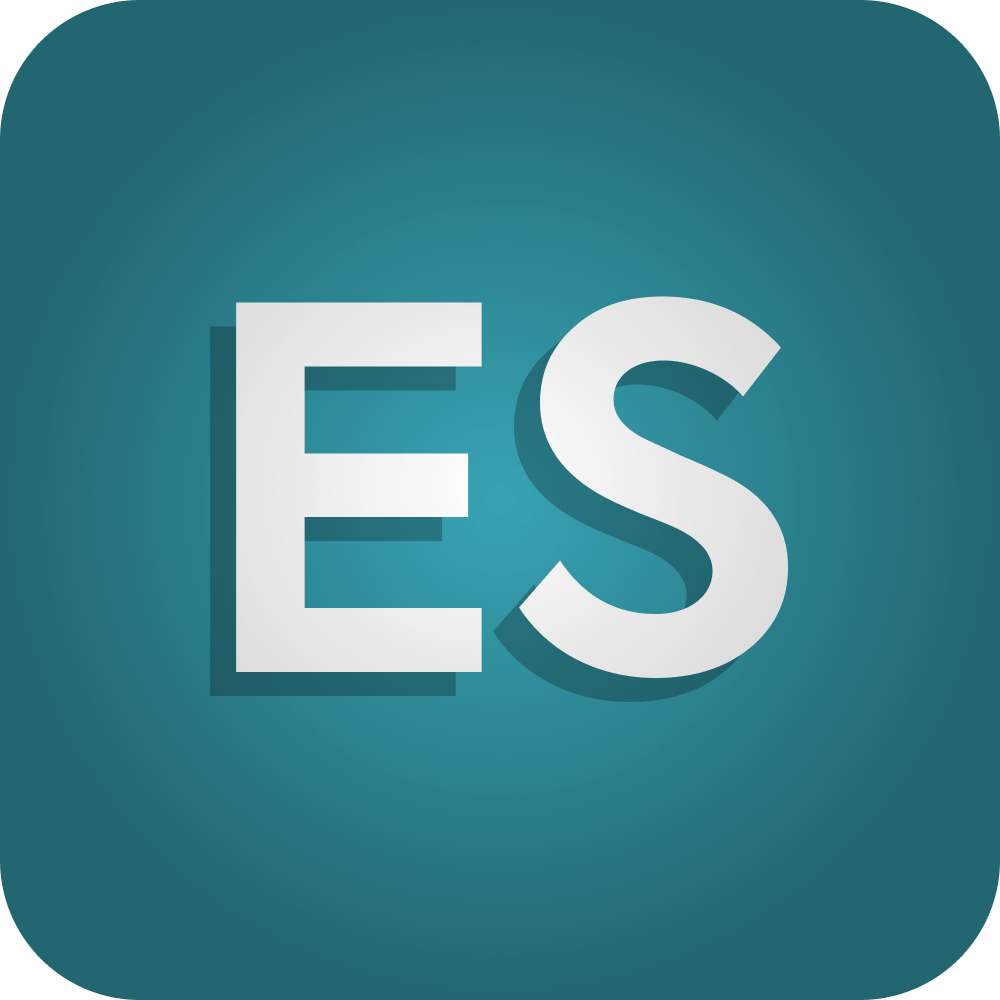Share with others
Prepositions can be termed as bridges that link specific phrases to different phrases within the sentence broadly categorized into time and place prepositions. There are exceptional cases where they are used in front of gerunds. However, nouns are the prime targets in front of which prepositions are fixed.
Perfect ways to use prepositions:
- Get to know the prepositions: Be well versed with words like ‘in’, ‘on’, ‘such as’, ‘of’ and ‘with’. Many people are seen using prepositions without even realizing that they are doing so. Knowing prepositions well helps in improving your power of speech and writing.
- Provide clarity to sentences: Know what you want to say and use prepositions accordingly.
- Create and improvise: Prepositional phrases can be crafted wittily by starting a phrase with any preposition and ending it with a noun. Get creative to improve in other spheres of English.
- Look for the ‘what’ and ‘when’ questions in the sentence: In some cases, prepositions don’t work as prepositions. Until a preposition doesn’t have a noun to get associated with, it isn’t a preposition. For instance, ‘He walked on’ is a sentence where ‘on’ cannot be termed as a preposition as it doesn’t back up any noun. If the sentence is changed to ‘He walked on the road’, ‘on’ would become a preposition again. It satisfies a question, i.e. where did he walk?
- Spotting the disguised preposition: This particular type of preposition isn’t hard to spot. Here, ‘o’ is used to replace ‘of’ and ‘a’ works as a replacement for ‘on’. For instance, ‘It is 4 O’ clock’ and ‘He climbed a tree’ are brilliant examples.
- Getting to know the use of phrase prepositions: Phrase prepositions aren’t single word preposition cases as the name suggests. It includes phrases like instead of, in front of, with regards to, by means of, by virtue of and other phrases. Understanding where to use them can make your sentences sound better. For instance, ‘I chose this dress over that’ sounds relatively flat but, ‘I chose this dress instead of that’ sounds a bit more appealing.
- Break out of common misconceptions that cause mistakes: Let’s clear it for once and for all.
- ‘On’ is used before dates and specific days.
- ‘In’ is used before particular hours of the day, seasons, months and years.
- ‘At’ is used before time.
- Understanding the nature of a place to use prepositions: Did you know ‘on’, ‘in’ and ‘at’ are the most misplaced prepositions of all times? Well, now, you do.
- ‘On’ is used when the thing that is referred to has a surface. This includes places like tables, walls, pages, etc.
- ‘In’ is used when the place referred to, is inside confined boundaries or is subjugated. This includes places like house, hospital, fridge, garden, kennel, etc.
- ‘At’ is used when the point of reference is particular and pin-point. This includes places like entrance, backdoor, specific streets, airport, bus depot, etc.
With all these pieces of advice up your sleeves, you are ready to mesmerize people around you with your creative use of prepositions.
Share with others

